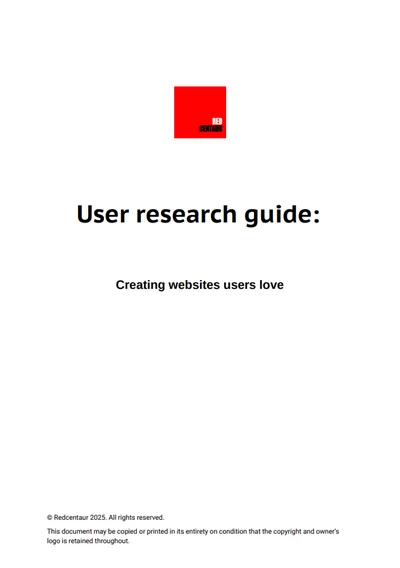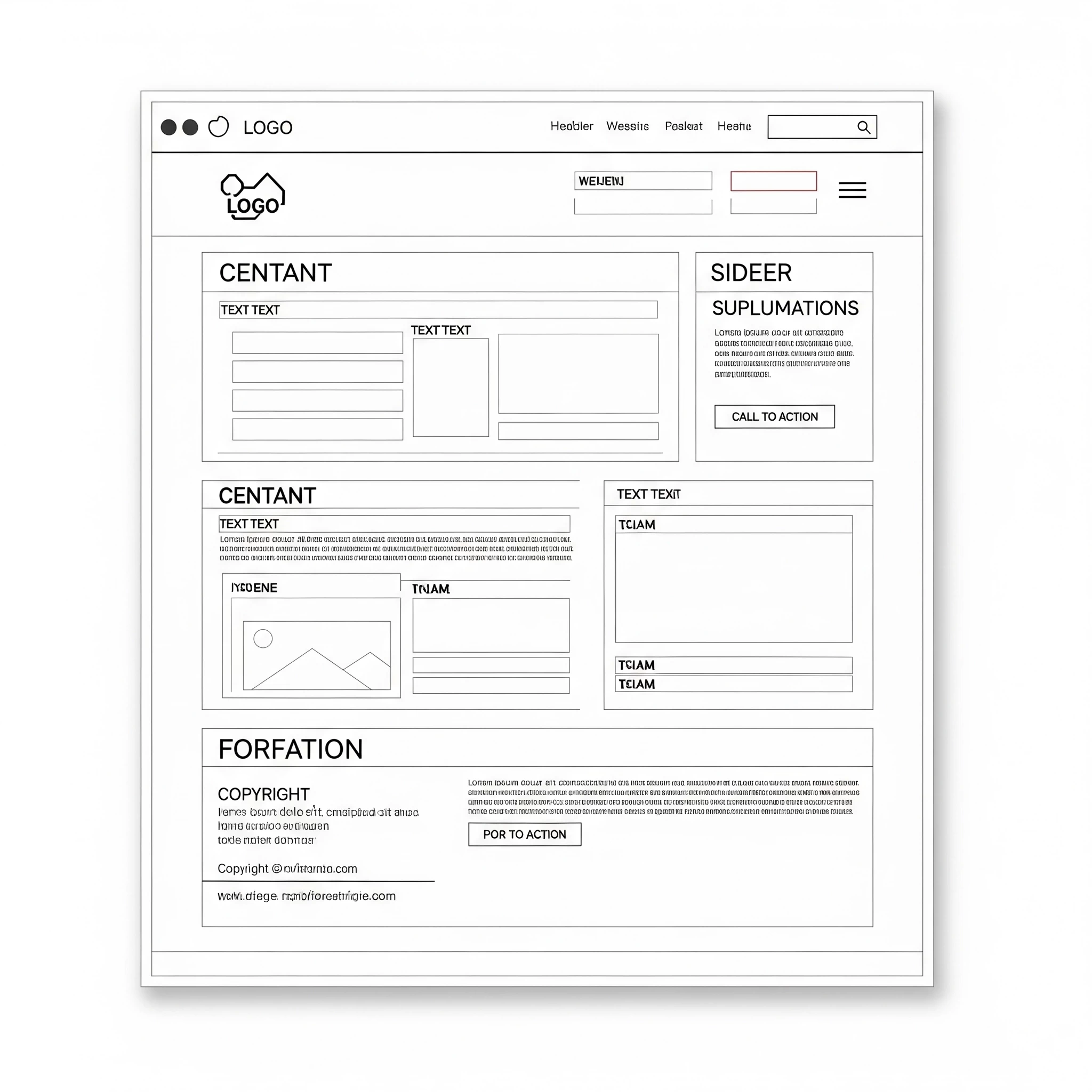Designing a website isn’t just about making it look pretty; it’s about crafting an experience that keeps users coming back. This is where UX design comes in. User experience (UX) design focuses on creating products, systems, or services that provide meaningful and relevant experiences to users. It’s a holistic approach, considering every aspect of the user’s interaction with a company, its services, and its products.
What is user experience UX design?
User experience (UX) design is the process of enhancing user satisfaction by improving the usability, accessibility, and pleasure provided in the interaction with a product. Think of it this way: a well-designed chair isn’t just visually appealing; it’s also comfortable and functional. Similarly, good UX design means a website is easy to navigate, enjoyable to use, and effectively helps visitors achieve their goals. It encompasses elements like information architecture, structure, interaction design, and usability. Understanding UX design is crucial for any business with an online presence.
Moreover, UX design is not a single discipline but a multidisciplinary field. It draws from cognitive psychology, human-computer interaction, and even art. The goal is to anticipate user needs and design interfaces that are intuitive and efficient. This involves understanding how users think, what their motivations are, and what problems they are trying to solve. Therefore, a deep dive into user behaviour is often the first step in any UX design project. Businesses that embrace this approach often see significant improvements in user engagement and satisfaction. Furthermore, a strong UX design approach considers the entire user journey, from initial discovery to post-purchase support. This comprehensive view ensures a consistently positive experience across all touchpoints.
The importance of UX design
In today’s digital landscape, a positive user experience is paramount. First, it directly impacts user satisfaction. When users find a website intuitive and pleasant to use, they are more likely to stay longer and to return. Secondly, good UX design can significantly boost conversion rates. A seamless user journey guides visitors towards desired actions, whether that’s making a purchase or filling out a form. Furthermore, a poor user experience can drive visitors away, potentially to competitors. Ultimately, investing in UX design is investing in your business’s online success. It builds trust and credibility with your audience.
Beyond direct conversions, strong UX design also influences brand perception. A website that is easy to use and provides value reflects positively on the company. Conversely, a frustrating experience can damage a brand’s reputation, making it harder to attract and retain customers. User experience also plays a critical role in search engine optimisation (SEO). Search engines favour websites that offer a good user experience, which can lead to higher rankings and increased organic traffic. Therefore, UX design is not just about aesthetics; it’s a strategic business imperative. Many studies show that companies prioritising user experience outperform their competitors in key business metrics, including revenue growth and customer retention. This clearly demonstrates the financial benefits of focusing on UX design.
Key elements of UX design
Effective UX design is built upon several foundational elements. Information architecture, for instance, is about organising and structuring content in an understandable way. This ensures users can easily find what they’re looking for. Interaction design, on the other hand, focuses on how users interact with the website’s interface. It considers elements like button placement and navigation flows. Usability is another critical aspect, ensuring the website is easy and efficient to use. Moreover, visual design plays a vital role in creating an aesthetically pleasing and engaging experience. Finally, accessibility ensures that the website is usable by people with diverse abilities.
Content strategy is also a vital element. It involves planning the creation, delivery, and governance of useful and usable content. This includes text, images, and videos. Furthermore, understanding user psychology helps designers create experiences that resonate emotionally with users. This might involve using colour palettes that evoke certain feelings or employing persuasive design principles. Ultimately, all these elements work in concert to create a cohesive and effective user experience. Each component contributes to the overall success of the website. For instance, a well-thought-out content strategy ensures that all information is relevant and presented clearly, directly impacting the overall user experience.
Another crucial element is prototyping and wireframing. These allow designers to create preliminary versions of a website or application, testing layouts and user flows before significant development effort is invested. Wireframes are essentially blueprints, showing the basic structure and functionality, while prototypes offer a more interactive representation. This iterative process of building, testing, and refining is central to effective UX design, enabling designers to catch potential issues early and make necessary adjustments. The aim is always to refine the user experience based on real interactions.
User research and testing
Understanding your users is fundamental to good UX design. User research involves gathering insights into user behaviours, needs, and motivations. This can be achieved through various methods, including surveys, interviews, and usability testing. For example, conducting interviews can reveal pain points users experience with current solutions. Usability testing, where real users interact with your website, identifies areas for improvement. By continuously gathering feedback, businesses can ensure their website truly meets user expectations. Download our free guide to user research below.
A/B testing is another powerful tool in UX research. This involves presenting two versions of a webpage to different segments of your audience to see which performs better. This data-driven approach allows for continuous optimisation. Additionally, understanding user personas—fictional representations of your ideal users—can help designers empathise with their audience and make more informed design decisions. Heatmaps and session recordings provide further insights into how users interact with specific elements on a page. Therefore, comprehensive user research and rigorous testing are indispensable for creating truly effective UX design. This continuous feedback loop ensures that the user experience is constantly evolving and improving, directly contributing to website usability. Without thorough research, even the most aesthetically pleasing website might fail to meet user needs, leading to a suboptimal user experience.

User research guide: Creating websites users love
Ever wonder why some websites just work?
It’s not magic, it’s user research! Our “User research guide: Creating websites users love” reveals how understanding your audience can transform your online presence.
This comprehensive guide breaks down essential methodologies like user interviews, surveys, and usability testing, showing you how to gather insights that lead to truly effective web design.
Download your free guide today and discover:
• User research methodologies explained simply.
• Best practices for user interviews and surveys.
• Tips for effective usability testing.
• How to analyse data and apply findings to design decisions.
Get your copy and start building a website that genuinely connects with your customers.
Enter your email below to receive a direct link to the guide!
Send download link to:
UX design best practices
Adhering to UX design best practices can significantly enhance your website’s effectiveness. First, always put the user first. Design with their needs and preferences in mind, rather than your own. Secondly, simplicity is key; avoid clutter to improve comprehension. Thirdly, maintain consistency in your design elements and navigation. This helps users predict how your site will behave.
Furthermore, here are some obvious UX design best practices:
- Provide feedback to users about their actions, e.g., form submission confirmations.
- Optimising for mobile devices is also critical for smartphone users. Ensure your website adapts to various screen sizes to provide an optimal user experience by implementing responsive design.
- Continually refine your UX design by regularly analysing user data to identify areas for improvement.
- Ensure fast loading times to reduce high bounce rates. Users expect quick responses, so optimise images, code, and server responses to improve speed.
- Calls to action are essential. Guide your users towards their next step, whether it’s making a purchase or signing up for a newsletter. Visual hierarchy, which involves arranging elements to show their relative importance, also guides the user’s eye and improves comprehension.
- Considering accessibility for all users is not just good practice, but also a legal requirement in many regions.
- Prioritise clear and concise content: users often scan rather than read every word. So, make information digestible for good UX design.
- Leverage white space effectively to improve readability and reduce cognitive overload. Don’t be afraid to leave some areas of your design empty to draw attention to the important elements.
User feedback mechanisms, such as surveys or quick polls, embedded directly on your site, can provide real-time insights into user satisfaction and pain points. This proactive approach to gathering feedback allows for continuous improvement in your UX design.
The ROI of good UX design
Investing in quality UX design yields significant returns on investment. A well-designed user experience leads to increased customer satisfaction and loyalty. Satisfied customers are more likely to become repeat visitors and advocate for your brand. Furthermore, good UX design can reduce development costs in the long run by minimising the need for costly redesigns and fixes. It also decreases support costs, as users encounter fewer issues and can find answers more easily.
Ultimately, a superior user experience translates into higher conversion rates and increased revenue. It’s an essential component of successful website development in the UK. Therefore, prioritising UX design is a smart business decision that pays dividends.
Moreover, good UX design can differentiate your business in a competitive market. In an era where many products offer similar functions, the user experience can be the deciding factor for consumers. Happy users are more likely to share their positive experiences, leading to organic growth through word-of-mouth. Conversely, poor UX can lead to negative reviews and a decline in customer base.
Calculating ROI from UX design
Calculating the return on investment for UX design involves looking at metrics like conversion rate improvements, reduced bounce rates, increased customer lifetime value, and decreased customer support enquiries. These quantifiable benefits highlight why UX is not an expense, but a strategic investment in the long-term success of any digital product or service. The ongoing optimisation of the user experience ensures continued benefits. Businesses that continually invest in improving their UX design often see sustained growth and stronger market positions.
Consider, for example, the impact of a streamlined checkout process. If a user encounters friction, such as too many steps or unclear instructions, they are likely to abandon their cart and go elsewhere. A well-executed UX design minimises this friction, leading to more completed sales. Similarly, clear navigation helps users find products or services quickly, reducing frustration and increasing the likelihood of a purchase.
The cumulative effect of these small improvements in UX design can significantly impact a business’s bottom line. Therefore, understanding the financial implications of good user experience is crucial for any business leader. It’s about more than just aesthetics; it’s about tangible business results through effective user experience design.
Further reading
Website development UK: A complete guide for businesses
Mobile-friendly websites: A must for UK success





